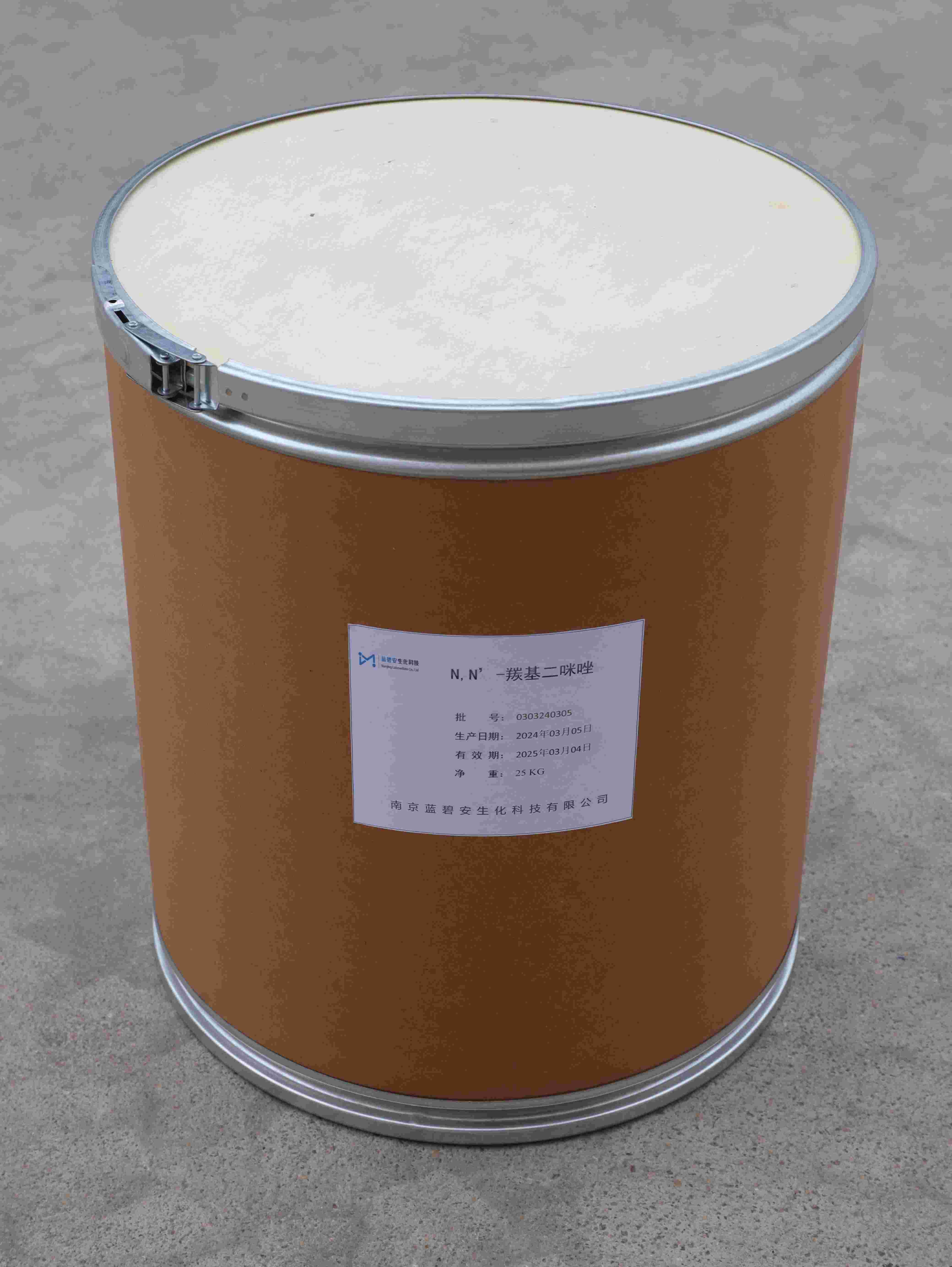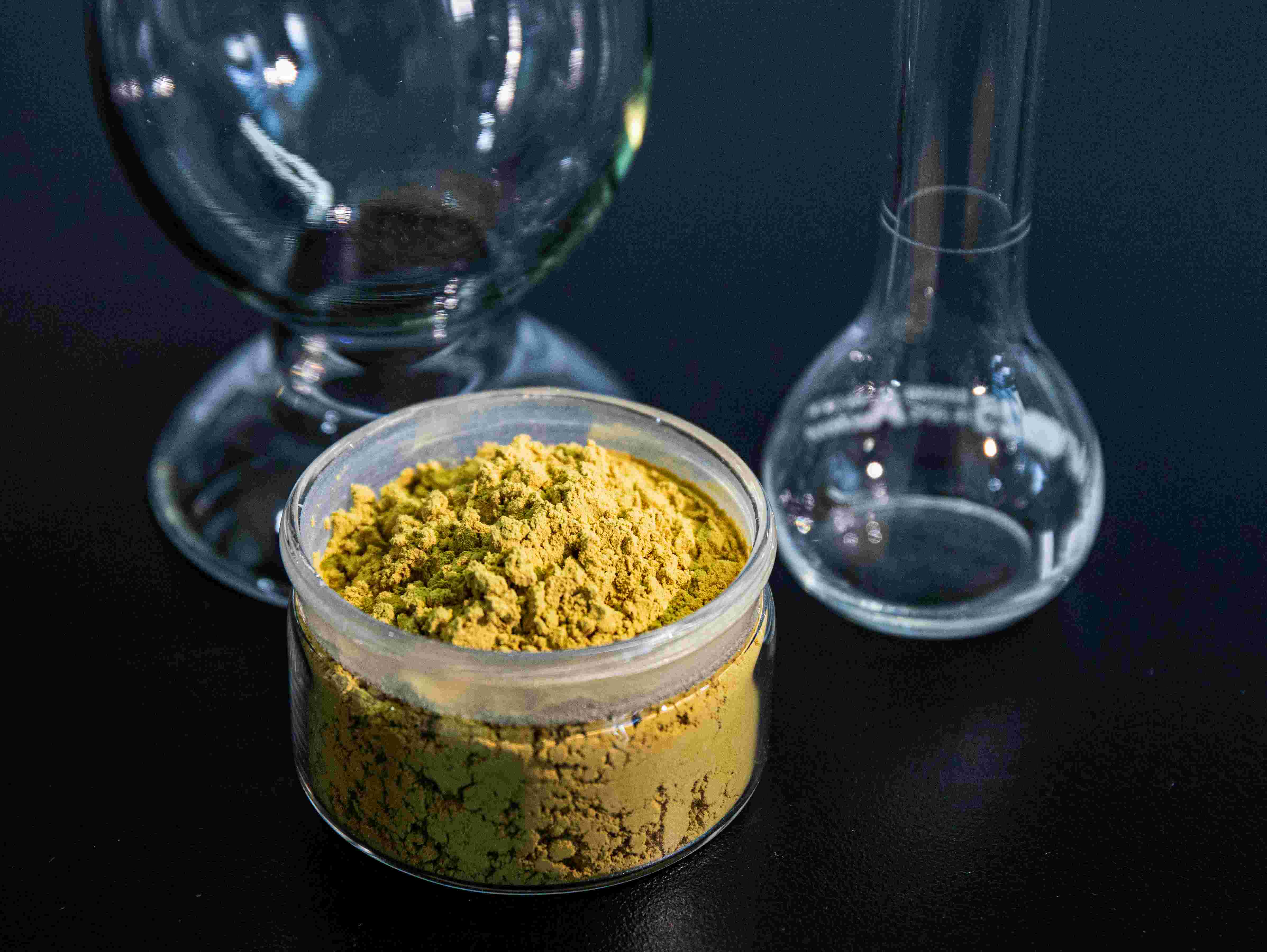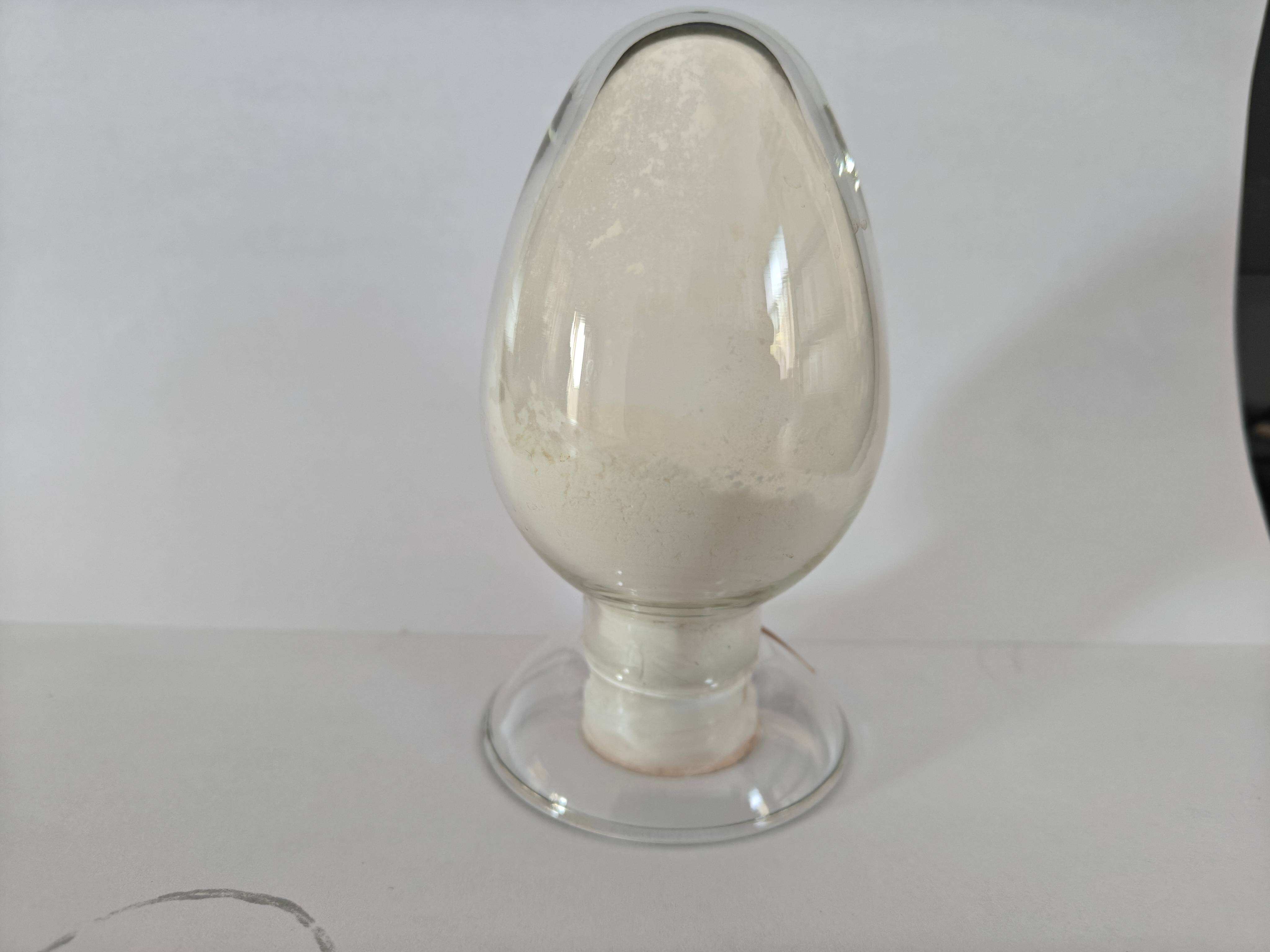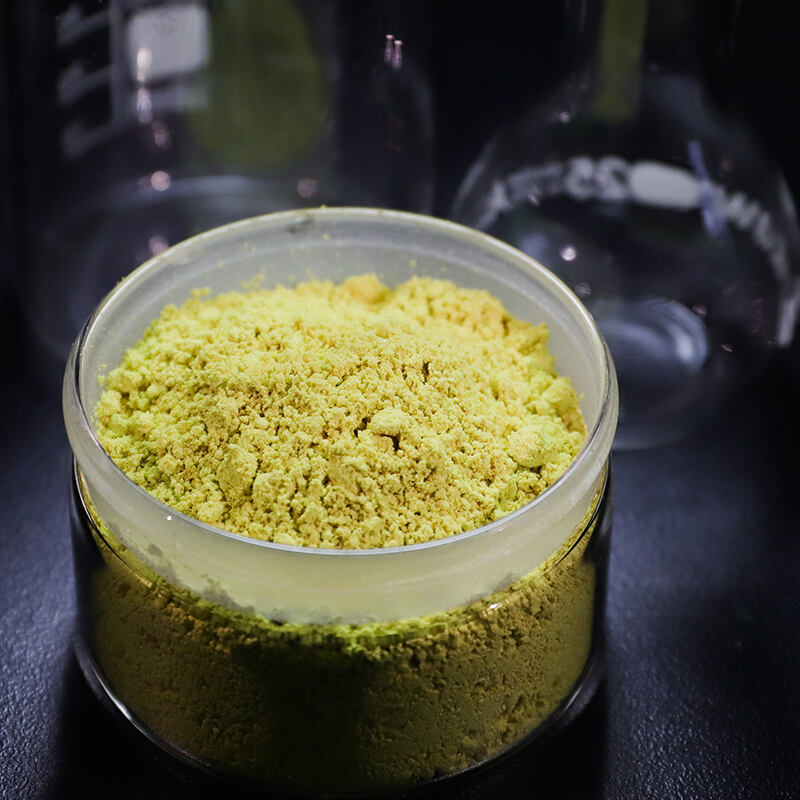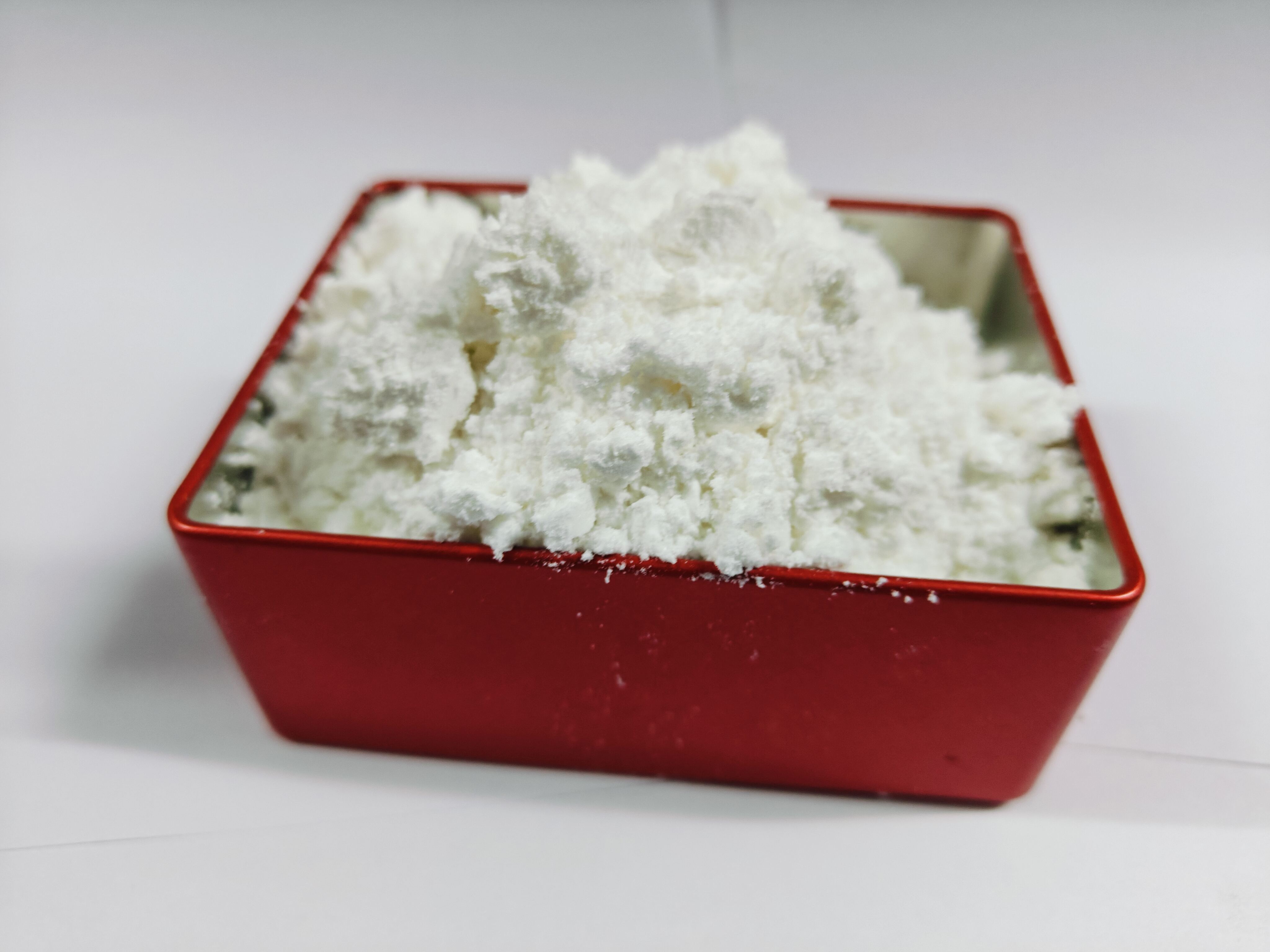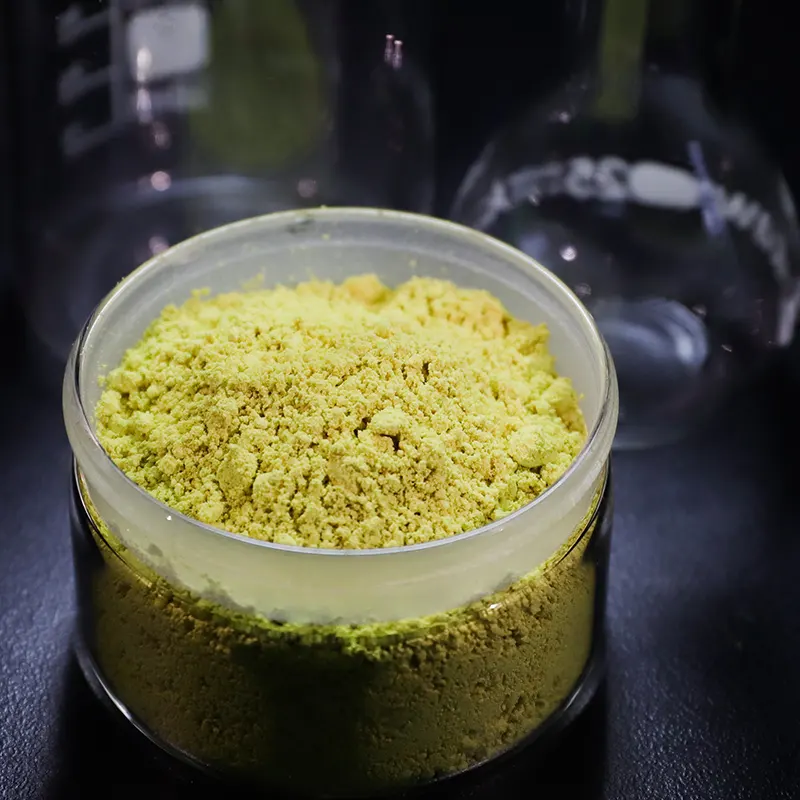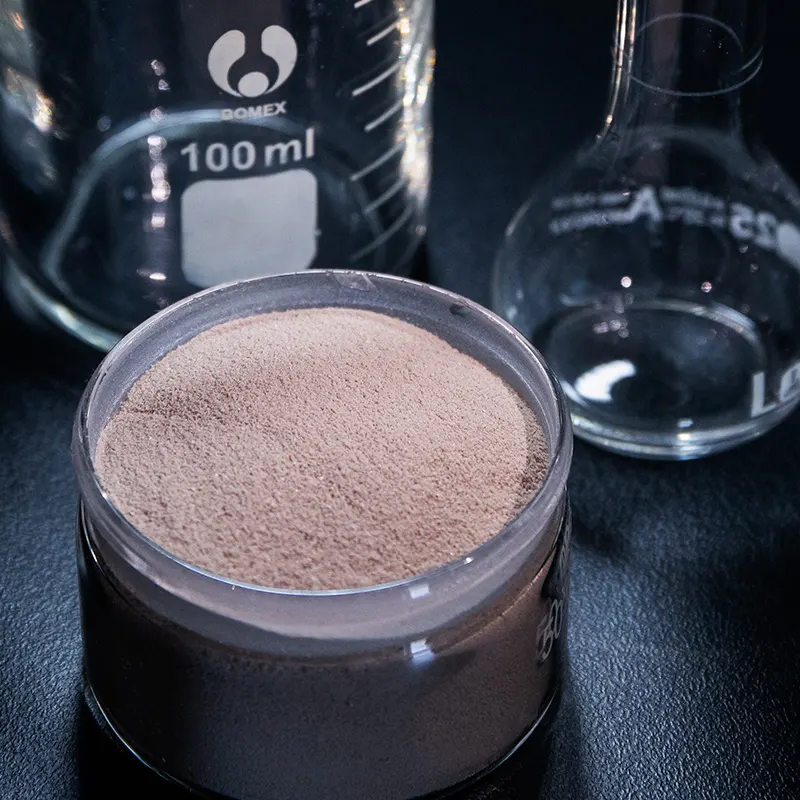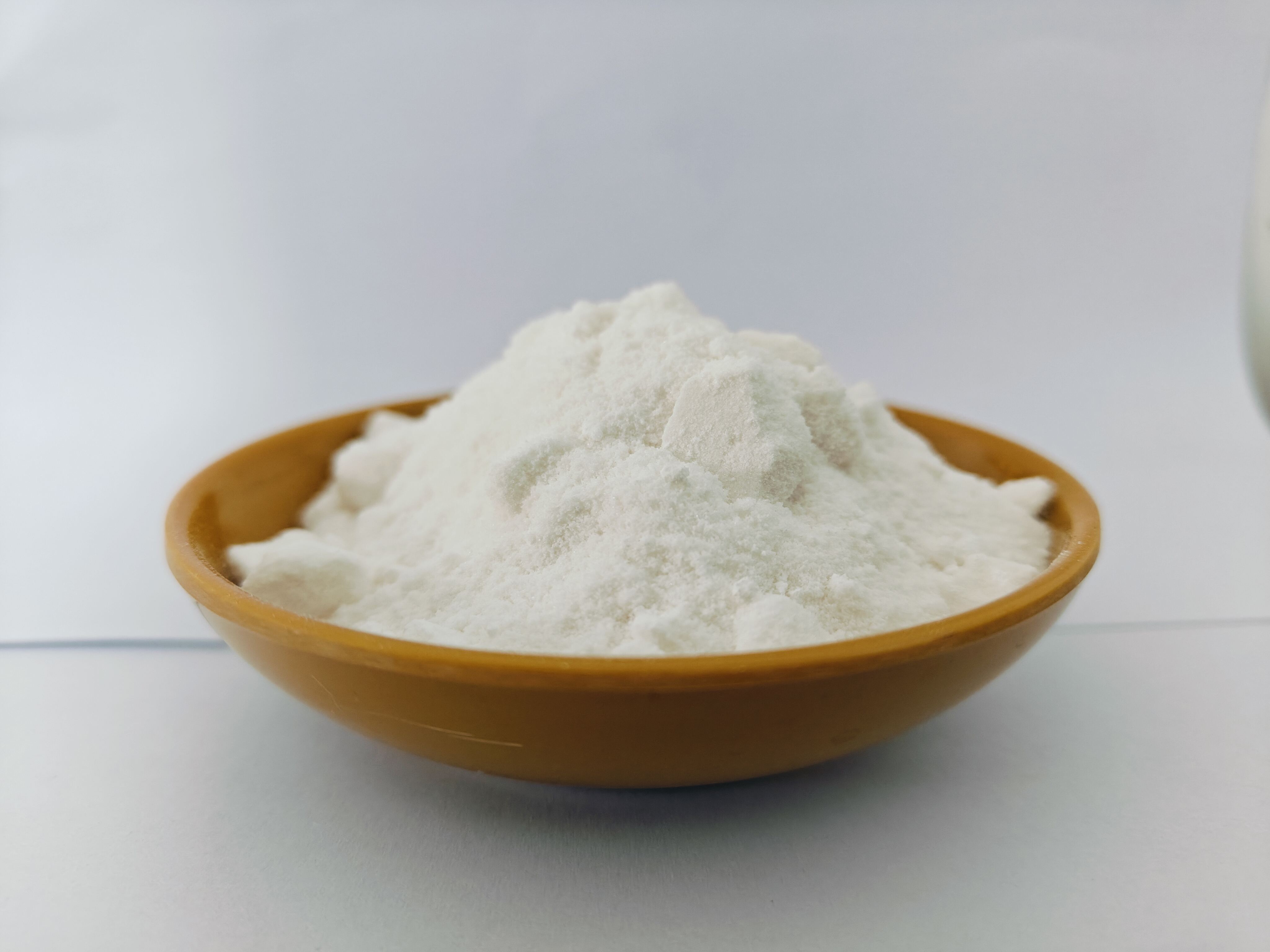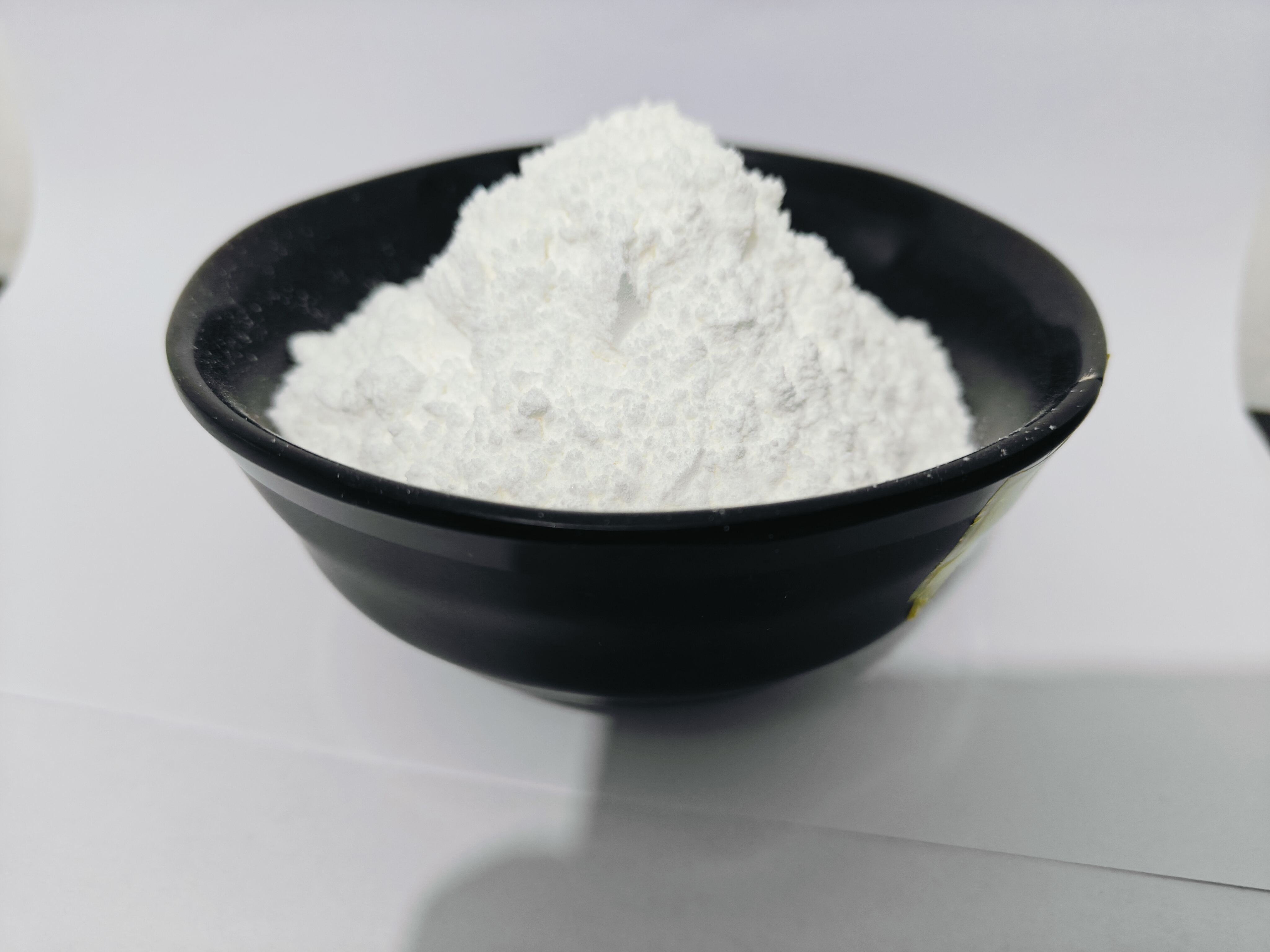एपॉक्सी रेजिन के संदھन के लिए थर्मल लैटेंट कैटलिस्ट
एपॉक्सी रेजिन के सिकने के लिए थर्मल लेटेंट कैटलिस्ट्स पोलिमर प्रौद्योगिकी में एक विप्लवात्मक अग्रगमन हैं, जो एपॉक्सी प्रणालियों के सिकने की प्रक्रिया पर सटीक नियंत्रण प्रदान करते हैं। ये विशेष कैटलिस्ट कमरा तापमान पर निष्क्रिय बने रहते हैं, लेकिन आम तौर पर 100°C से अधिक विशिष्ट थर्मल स्थितियों में जल्दी से सक्रिय हो जाते हैं। इस विशेष विशेषता के कारण, कमरा तापमान पर विस्तारित पॉट जीवन बढ़ता है, जबकि गर्मी लागू होने पर त्वरित सिकना सुनिश्चित करता है। यह प्रौद्योगिकी विभिन्न रासायनिक यौगिकों को शामिल करती है, जिनमें ब्लॉक्ड एमीन, इमिडेजोल्स और ऑर्गेनोमेटलिक कॉम्प्लेक्स शामिल हैं, जो उच्च तापमान पर संरचनात्मक परिवर्तन करते हैं ताकि सिकने की प्रतिक्रिया शुरू हो। ये कैटलिस्ट उद्योगों में विनिर्माण प्रक्रियाओं को क्रांतिकारी बनाए हैं, विशेष रूप से इलेक्ट्रॉनिक्स, ऑटोमोबाइल और एरोस्पेस अनुप्रयोगों में। ये एक-अवयवी एपॉक्सी प्रणालियों का उत्पादन संभव बनाते हैं जो स्थिर भंडारण के साथ कुशल प्रसंस्करण को मिलाते हैं और अनुप्रयोग से पहले विभिन्न अवयवों को मिश्रित करने की आवश्यकता को खत्म करते हैं। यह प्रौद्योगिकी सिकने की गतिकी पर सटीक नियंत्रण प्रदान करती है, जिससे उत्पाद की गुणवत्ता में सुधार होता है और विनिर्माण जटिलताओं कम होती है। उनका अनुप्रयोग अग्रणी संघटकों, चिपकने वाले पदार्थों, कोटिंग्स और एन्कैप्सुलेशन सामग्रियों में फैला हुआ है, जहाँ नियंत्रित सिकना अधिकतम प्रदर्शन के लिए अत्याधिक महत्वपूर्ण है।

